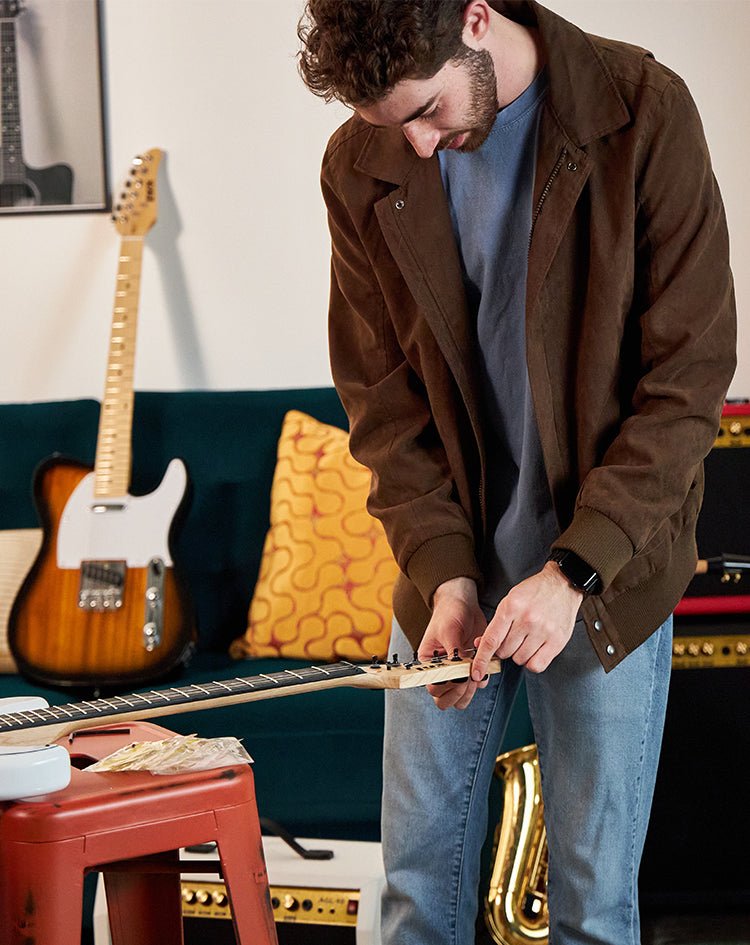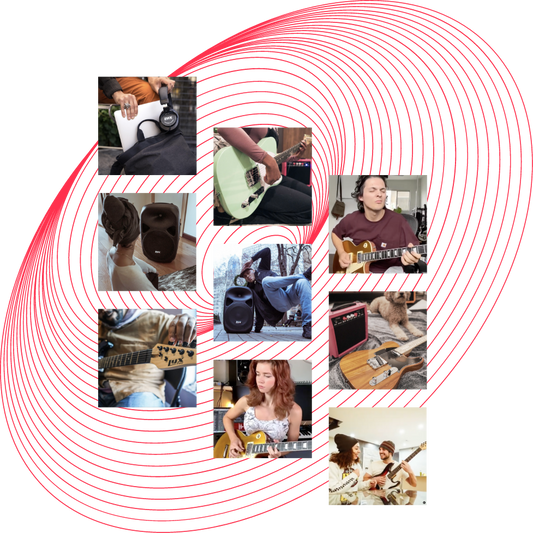If you’re in need of guitar repair, you may be wondering how to go about fixing it yourself. While some guitar repairs may require professional help, there are a few simple fixes that you can do yourself. In this blog post, we'll go over some of the common issues that you may encounter with your guitar and how to repair them.
Truss Rod Adjustment:
The truss rod is a metal rod that runs through the neck of your guitar. It's designed to counteract the tension of the strings and can be adjusted to change the curvature of the neck. If your guitar is producing a buzzing sound, or the action (the distance between the strings and the frets) feels too high or too low, you may need a truss rod readjustment.
Replace a Guitar Nut or Saddle:
The nut and saddle are the small pieces of material that hold the strings in place at the headstock and bridge of your guitar. Over time, these pieces can become worn or damaged, and may need to be replaced.
Fix Loose or Damaged Parts:
If you notice any loose or damaged parts on your guitar, such as loose tuning pegs, bridges, or frets, you should have them repaired as soon as possible. These parts can affect the sound quality and playability of your guitar and can also lead to more serious damage if left untreated.
Repair Cracks or Dents:
If you have a guitar heel crack, dented guitar, or any other cracks or dents in the guitar body or neck, it's important to have them repaired by a professional. These can affect the sound quality and structural integrity of your guitar.
If you notice any issues with your guitar, such as a guitar string buzz or loose parts, it's important to have them repaired as soon as possible to prevent further damage. By following these tips, you can keep your guitar in great condition and enjoy playing it for years to come.
Explore the art of guitar playing and discover valuable tips on our YouTube channel. Don't miss out—subscribe now!




